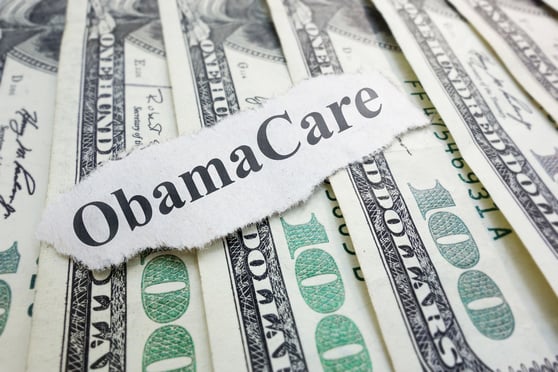 Even though a co-worker and Imight share the same zip code, age and number of kids, we need andwant very different health and well-being benefits from ouremployer. (Photo: Shutterstock)
Even though a co-worker and Imight share the same zip code, age and number of kids, we need andwant very different health and well-being benefits from ouremployer. (Photo: Shutterstock)
I had the good fortune of being in NYC at the Conference Board East, mixing and mingling withleading employers who are all looking for ways to improve thehealth and well-being of their employees. There were manyinteresting presentations and new point solutions on display. I hadtwo key takeaways from the conference: 1) employers are finallyrealizing the need to move beyond the one-size-fits-all approach they'vetraditionally taken and 2) the realization that “we built it, butthey didn't come.”
|This shift was definitely prevalent in the exhibit hall aspersonalization was the “it” word of the show. In the agenda andwalking the exhibit hall you saw: “Taking Wellness Personally,”“Create Personalized Experiences,” “Personalized Well-being” and“If It's Not Personalized, It's Trash.”
|Okay, I made up that last one, but you get my point. So, it gotme thinking: what do people think personalization really means, andare most of the companies who claim to create personalizedexperiences really walking the talk?
|Related: Employers see value of personalized care but arecoming up short on delivering
|To me personalization means I am getting an experience that myhusband, neighbor, friend or co-worker is not. It's specific to meand my particular circumstances. So, even though a co-worker and Imight share the same zip code, age and number of kids, we need andwant very different health and well-being benefits from ouremployer based on our own needs, interests and experiences.
|What I realized in talking to many vendors at the show is thatfor many vendors, personalization is really segmentation. They aresegmenting by serving up different programs to men and women;millennials and baby boomers; or those in the southwest andnortheast. Likewise, with communications: using a person's name inan email or mobile app is not personalized communications. It'sidentifying which type of communications channel(s) an individualemployee would be most receptive to and then utilizing thosedistinct channels (text, email, IVR, direct mail, chatbot, etc.) todrive engagement.
|Don't get me wrong, moving beyond the one-size-fits-all approachto segmentation is surely a step in the right direction foremployers and the health care industry as a whole. But like cellphone adoption in Africa (they skipped the landline and wentmobile) it's time to make the leap and not settle for “better thanwhat we had.”
|It's not only possible, but in many cases more economical tocreate truly personalized experiences for employees (or members,patients for that matter). By leveraging rich data sources,including non-health related data, with the power of machinelearning technologies and advance analytics you can proactivelypredict what programs and resources people want and need tooptimize your investments. Plus, identify how to best communicatewith them to get those resources utilized.
|So, the next time you see someone talking about personalizationin health care, ask what that means and how they do it.
|Michelle Snyder is chief marketing officerat Welltok. She is recognized as a marketing andstrategy leader in the digital health space. Michelle earned herbachelor's degree from Carleton College and MBA from Kellogg Schoolof Management at Northwestern University.
Read more:
Complete your profile to continue reading and get FREE access to BenefitsPRO, part of your ALM digital membership.
Your access to unlimited BenefitsPRO content isn’t changing.
Once you are an ALM digital member, you’ll receive:
- Critical BenefitsPRO information including cutting edge post-reform success strategies, access to educational webcasts and videos, resources from industry leaders, and informative Newsletters.
- Exclusive discounts on ALM, BenefitsPRO magazine and BenefitsPRO.com events
- Access to other award-winning ALM websites including ThinkAdvisor.com and Law.com
Already have an account? Sign In
© 2024 ALM Global, LLC, All Rights Reserved. Request academic re-use from www.copyright.com. All other uses, submit a request to [email protected]. For more information visit Asset & Logo Licensing.








